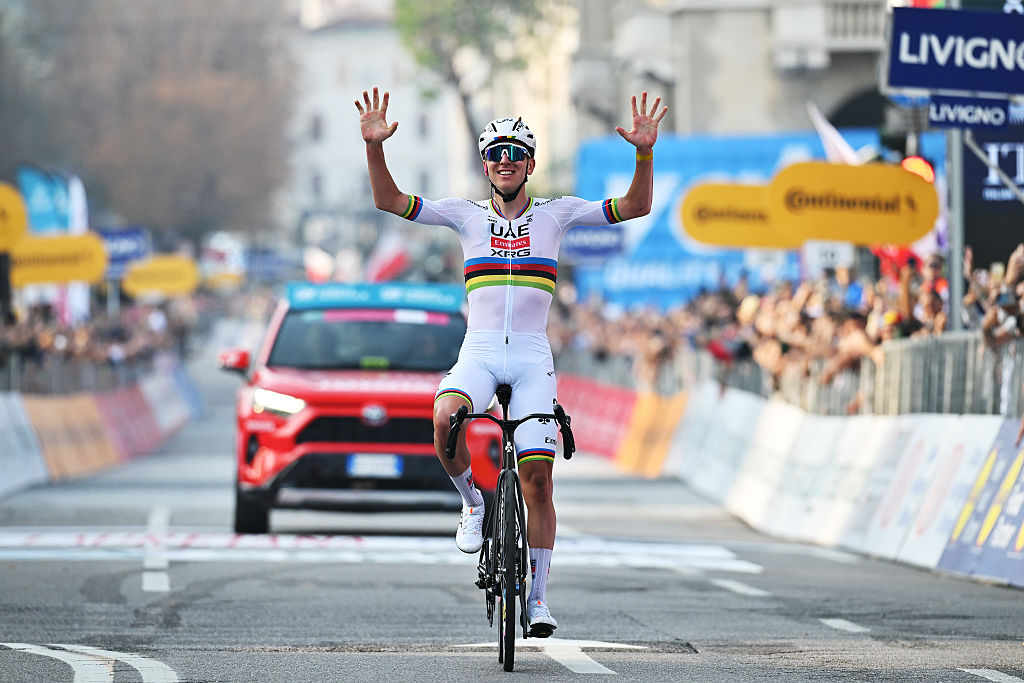Jonathan Vaughters: Where does big-time pro cycling in the US go from here?
USA Week: Cannondale manager asks how cycling can sustain itself and improve in America
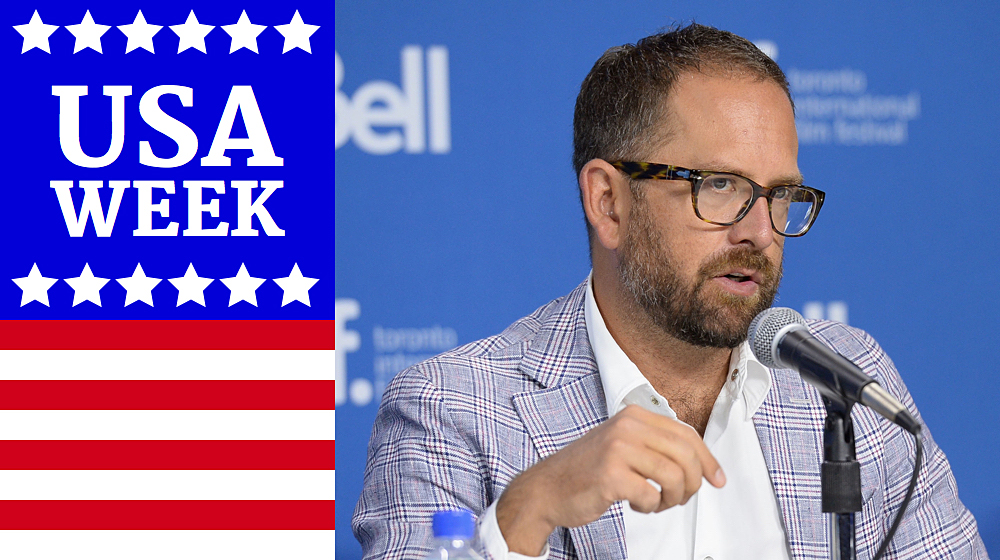
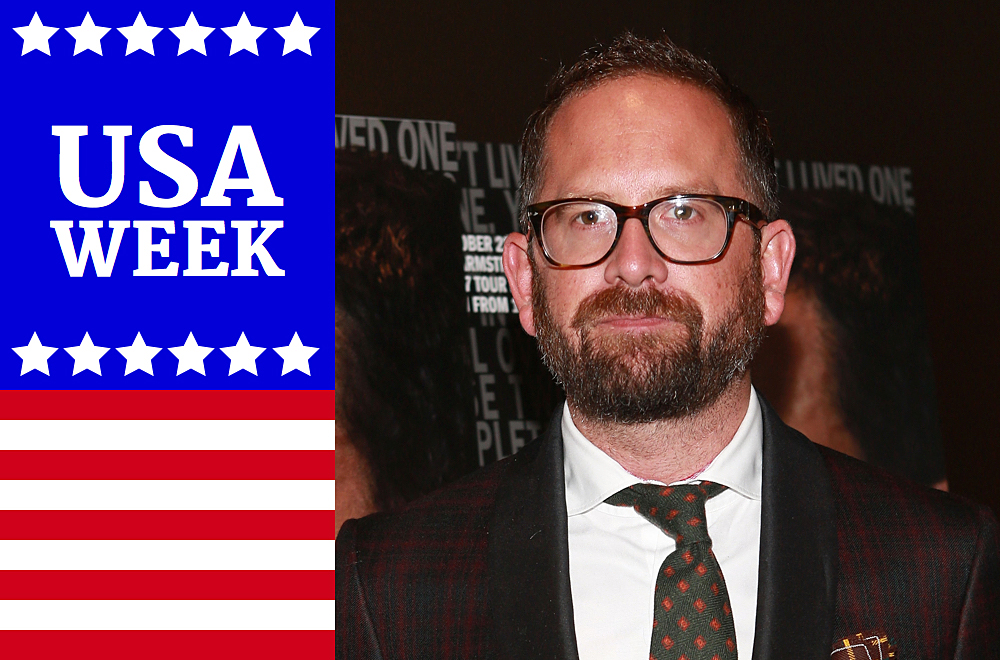
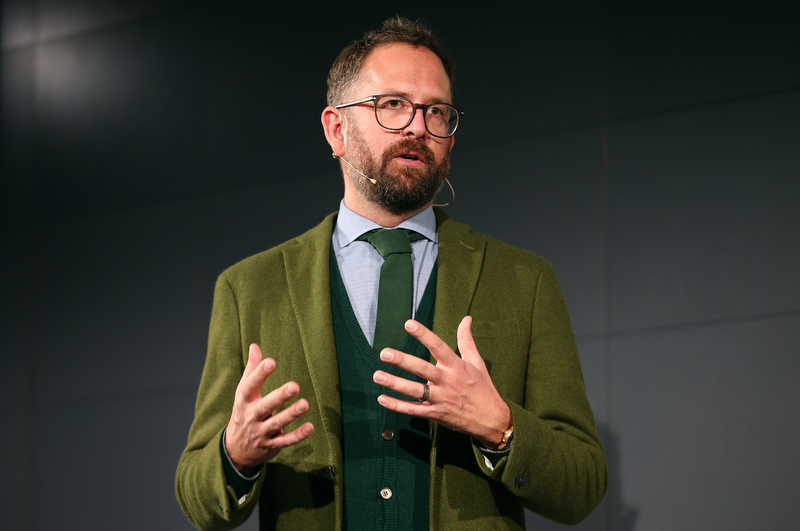
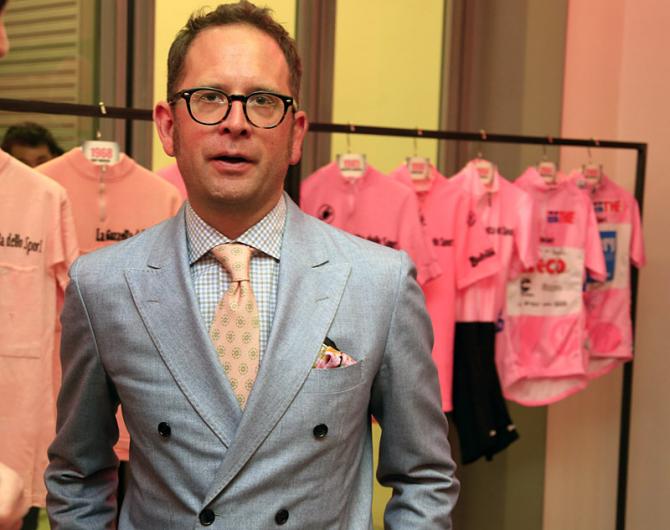
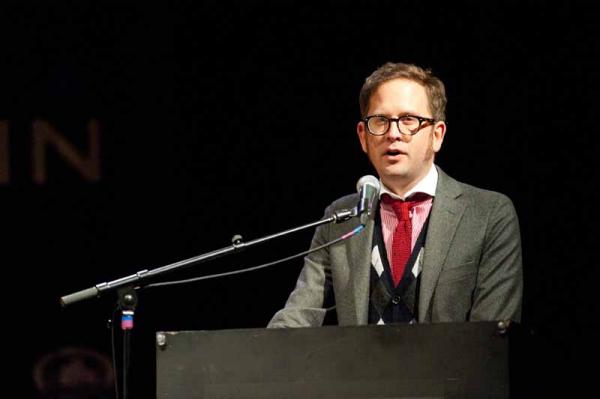
To say the last 20 years in top-level US cycling have been interesting would be an understatement. It would be like calling smartphones “cute gizmos' or Facebook “a little trend.” US cycling in the last 20 years has defined the sport, sometimes for better, sometimes for worse.
Professional cycling in the US has gone through booms, busts, trials, tribulations, feasts, and famines. We've been everything from the struggling underdog to the dominant powerhouse in a short period of time. In a way, this is resonant with the spirit of the US: We are an independent and strong willed people who make both enormous strides and enormous errors.
So what's the best way forward for US cycling?
Cycling in the US is no longer an oddball novelty that booms and busts; it has a certain maturity to it now, and it has scars to show its age. To succeed now, we need evolution, not revolution, and incremental progress. Cycling in the US must define itself and its fan base in its own cultural context, accepting who we are and what we can do. American cycling will continue to grow, but this time around, a bit of modesty might make it all a bit more sustainable. Here are a few ideas on where American cycling is headed, how it can sustain itself, and how it can improve.
Who in the US is a fan?
In the past, road cycling in the United States has always been led by an icon. Whether it was Greg LeMond or Lance Armstrong, the icon of the day was always the focal point that everything had to be built around. Races sprang up due to the icon; new teams emerged due to the icon. American cycling lived and died by the icon. I remember a lady on the side of the road at the 2005 Tour de Georgia saying: “I don't know why they make all these other racers ride along with Lance, makes him harder to see.” She said it as if Lance were the next Forest Gump, cycling his way across the countryside.
That has changed. We no longer have a single star to point to. Now, we must make the focal point US professional cycling, as a whole. The fans of the icon must become fans of the sport, but this is no small task in culture that leans heavily on celebrities to define sport. So how do we move the paradigm from fans of the icon to fans of the sport? How can we see the sport as an ecosystem in which each component — from fans to riders to sponsors — play vital parts?
The latest race content, interviews, features, reviews and expert buying guides, direct to your inbox!
To start with, we must identify who in the USA is a fan of cycling or may be interested in becoming one. And for that, look no further than the millions of recreational riders. From hipsters obsessed with fixies to older riders trying to fix their waistlines, there are more people out there riding bikes than ever before. More importantly, Americans love to participate in endurance sports. Participation might be for bragging rights, or it might be for philanthropy, but if we look to highly successful participatory events such as Ironman or the New York City Marathon, we get a glimpse of how driven, entrepreneurial, and highly competitive Americans really are.
The top Ironman triathletes have a fanbase of people who do triathlons. They admire the professional ranks of Ironman because they themselves go through the same suffering and effort to complete these monumental events. Marathon running is financially supported by people running marathons for a sense of personal accomplishment - and to say they did it. The traditional model of relying on sedentary roadside fans and TV viewers may not be one that works, long term, in the US.
Americans are happy to sit on their couches and watch football, but when it comes to endurance sports, if they aren't participating themselves, they aren't interested. But that's a good thing for pro cycling here in the US, as we have a lot of people participating in cycling! However, we, in the professional ranks, aren't reaching them as well as we should. Many highly engaged recreational cyclists have very little interest in the professional side of the sport. They need to be part of the event to feel what the pros go through in order to become fans. Need an example of how active amateur athlete engagement works better than being exclusive? Ironman sold for $650 million USD last year, while the USA Pro Cycling Challenge withered on the vine.
Mass participation, mass support
Professional cycling has to reach the people who relate to the sport. If we don't, we’ll continue to lose races every season. We must engage the huge numbers of recreational cyclists to "race with the pros.” Maybe it’s not 20,000-rider pelotons that would make any pro rider cringe, but we should be able to provide the opportunity for fans to ride the same course on the same day as the top professionals. That makes it easy to reach the highly competitive, accomplishment-focused American audience. Cycling fans would relish the opportunity to try and complete the entire Tour of California — and faster than their buddies.
When an amateur athlete races the NYC Marathon, it may take five hours, but they did the same 26.2 miles as the guy who ran a 2:05. They earned it, they can be proud of it, they accomplished something extraordinary — and that’s something Americans love. Entry fees and local economic impact would create an economically stable platform to run the logistics of both professional and amateur races.
lParticipation provides a platform that doesn't rely on sponsorships that dry up or TV rights that cause a host of other issues. This is a major paradigm shift, I know! However, if we're to make a sport that doesn't rely on the icon or novelty, we have to make a sport that appeals to the culture that we are, as Americans. No other sport allows the public to access its stars like cycling, why not take that a step further and truly engage the people who love cycling; those riding bikes themselves?
Who to look up to?
I’ve spent hundreds of words trying to convince you the icon model was dated, but does that mean we can't have heroes? Of course not. Every sport needs personalities to carry it forward. We all need to witness greatness to remind us why we watch.
Cycling in the US has never had greater depth in talent than it does right now. But be careful in how you read that, there's emphasis on “talent” and “depth,” meaning there’s not many fully developed riders, though we have lots of solid guys in the WorldTour who haven’t won much. Yet.
United States cycling has a bumper crop of super talented up-and-comers, such as Adrien Costa. We have some great, but green, talent in the WorldTour, like Joe Dombrowski and Lawson Craddock. We have a few blue chip, steady and mature riders, like Ben King, Tyler Farrar, Tejay van Garderen, Alex Howes, and Andrew Talansky.
The Americans in the peloton are not as flashy as they once were, but we have a lot of guys in the professional ranks, three US-registered WorldTour teams, and a hoard of hyper-talented youngsters pushing to break onto a WorldTour team.
The number of solid American riders riding on US-registered WorldTour teams internationally is higher than it's ever been. The opportunities available for talented up and comers are greater than ever. We have talent and we have depth, just no superstars. And that's a good thing. It forces teams, races, and riders to find a way to be sustainably relevant in the competitive world of sports business. No more fair-weather sponsors and fans, just those who truly care and see the value in cycling. The great cycling nations have all gone through periods where no icon propped up the sport. Italy, France, Holland, and Belgium, have at times been devoid of stars, but they all eventually built on the talent of the next generation and, with patience, won the great races once again.
So who should you cheer for these days if you’re looking for an American to support? My answer is to be a fan of all of them. Be a fan of the sport and if you're American, be a patriot in your support of riders from your region. Just like they love their own over in Europe.
Each of these athletes makes unheralded yet massive sacrifices in their lives every day. And they each have their own stories and quirks to get to know. From Alex Howes' love of the great western expanses, to Andrew Talansky's tempestuous temper, to Tejay van Garderen's deeply competitive nature, they all should be part of a fan's admiration for the world's toughest sport.
What these riders go through in trying to achieve their goals that are neither easy nor safe is something Americans can relate to in their own lives. We are a people who enjoy much freedom but few guarantees. This is a country of “get up early and go get it done for yourself.” That's what these guys do every day. Professional cycling, at its interior, is a sport made up of driven individualists, trying to work together as a team, trying to forge livelihoods in a hard and cutthroat world, trying to live up to the expectations of fans, friends, and family.
Sound familiar?
Great, then get out there, ride your bike, don't cheer for the icon, but cheer for the iconoclasts that make up professional cycling in the United States.
